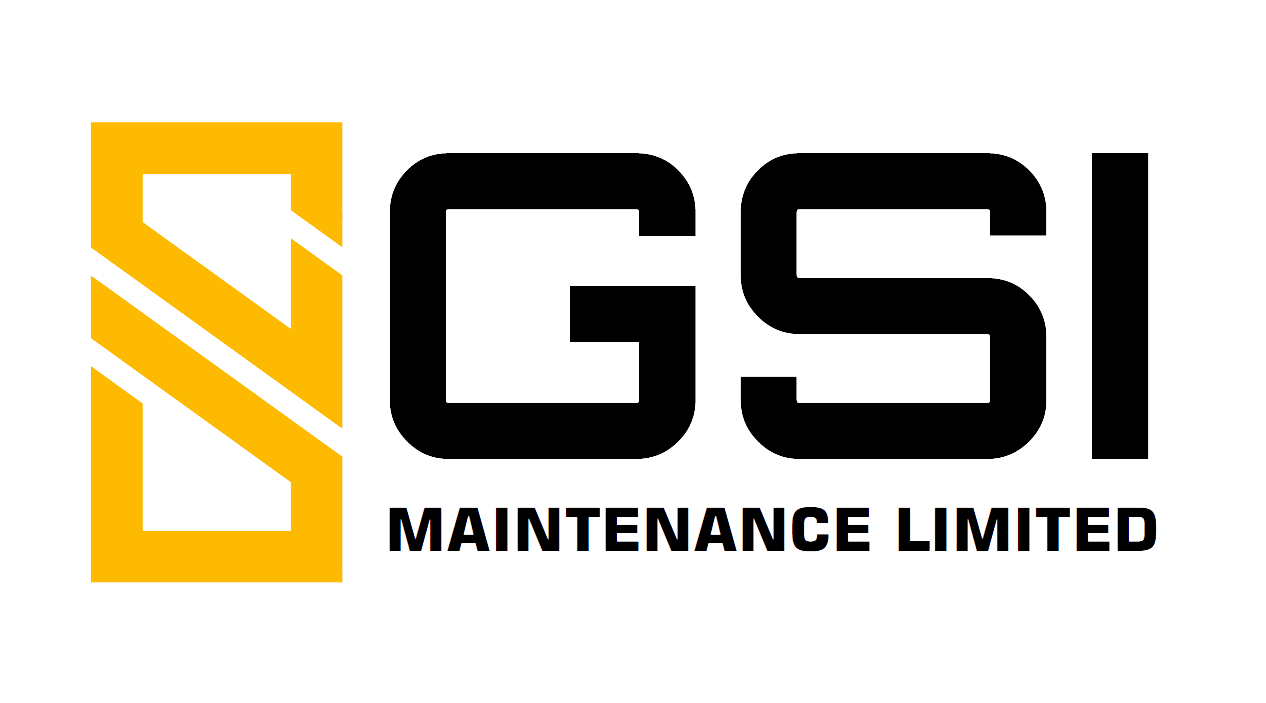Sustainable Materials for Recladding: Eco-Friendly Options for a Greener Future
As the construction industry increasingly prioritises sustainability, the choice of materials for recladding has evolved significantly. Eco-friendly materials not only contribute to environmental preservation but also enhance building performance. Let’s explore some of these sustainable options and their benefits, along with some fun facts that highlight their importance.
What Are Sustainable Materials?
Sustainable materials are sourced and processed with minimal impact on the environment. They often feature properties that improve energy efficiency and reduce waste. Some popular sustainable materials for recladding include:
- Recycled Metal: Aluminium and steel can be recycled indefinitely without losing their quality. In fact, recycling aluminium saves up to 95% of the energy required to produce new metal from raw materials.
- Wood: Sustainable timber, sourced from responsibly managed forests, offers a renewable option with excellent insulation properties. The use of certified wood can reduce carbon footprints, as trees absorb CO2 during their growth.
- Bamboo: This fast-growing grass is a strong alternative to traditional timber. Bamboo can grow up to 91 centimetres in a single day, making it one of the most renewable resources available.
- Recycled Plastic: Using recycled plastics for cladding reduces the amount of waste in landfills and can be made into durable, low-maintenance materials. For every tonne of recycled plastic used, approximately 1.3 tonnes of carbon emissions are avoided.
Benefits for the Environment
Choosing sustainable materials for recladding significantly reduces a building’s environmental impact. For instance, structures that use eco-friendly materials can lower energy consumption by up to 30%, leading to reduced greenhouse gas emissions. Moreover, sustainable materials often come from local sources, which minimises transportation emissions and supports the local economy.
Enhancing Building Performance
Not only do sustainable materials benefit the planet, but they also enhance building performance. For example, buildings clad in recycled metal or timber typically exhibit superior thermal insulation properties, helping to regulate indoor temperatures. This can lead to lower energy bills—reports indicate that buildings with high-performance cladding can reduce heating and cooling costs by 20% or more.
Fun Facts and Stats
- Carbon Sequestration: One cubic metre of timber can store approximately 1.1 tonnes of CO2, making timber cladding a natural carbon sink.
- Waste Reduction: In the UK, construction and demolition waste accounts for around 62% of all waste. Using recycled materials in recladding can significantly reduce this statistic.
- Energy Savings: The UK Green Building Council states that buildings account for nearly 40% of the UK’s total energy use. Sustainable cladding can play a pivotal role in reducing this figure.
- Market Demand: According to a survey by the World Green Building Council, 85% of global consumers prefer sustainable brands, influencing property values and occupancy rates.
Incorporating sustainable materials into recladding projects is not just a trend; it’s a vital step towards a more eco-conscious future. These materials offer numerous benefits, including enhanced building performance, reduced environmental impact and increased market value. At GSI Maintenance Limited, we are committed to utilising sustainable options in our recladding projects, ensuring that we contribute positively to both the environment and the communities we serve. By choosing eco-friendly materials, we can create buildings that are not only visually appealing but also sustainable for generations to come.
